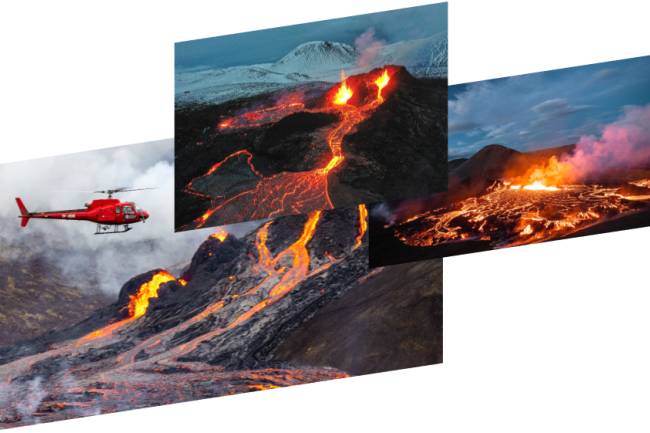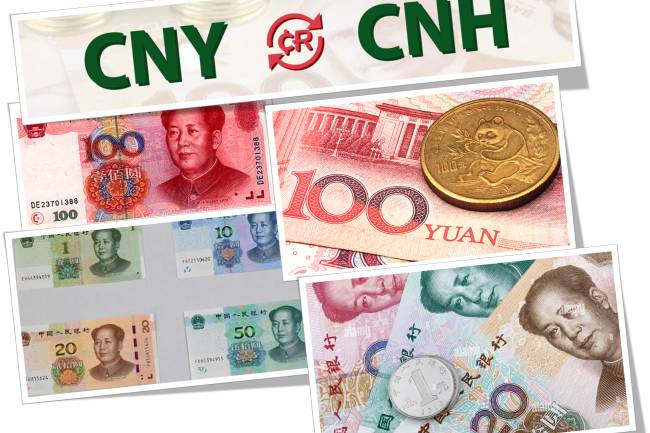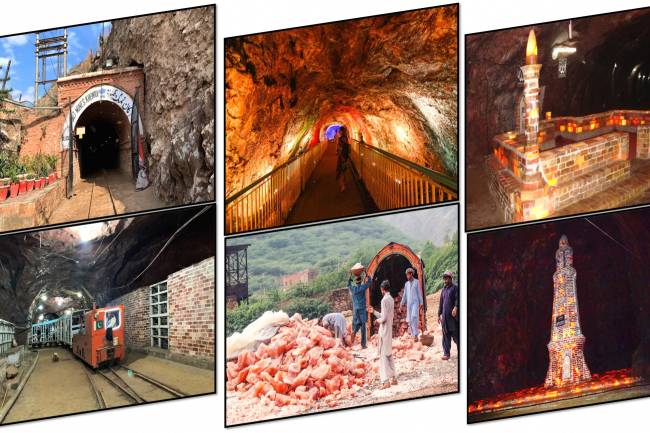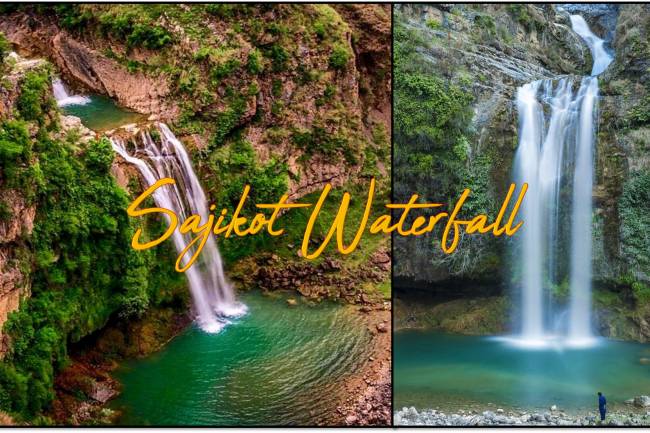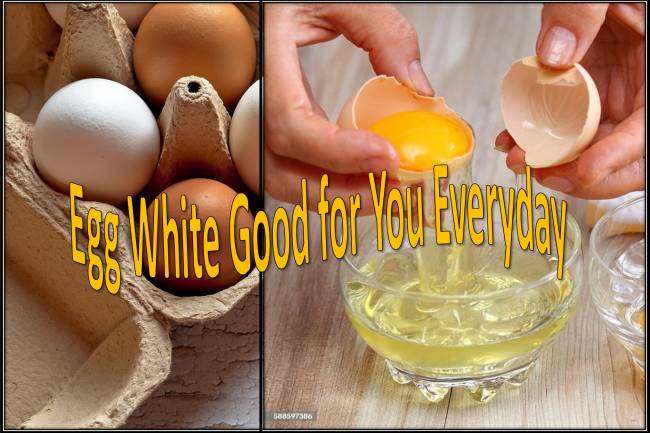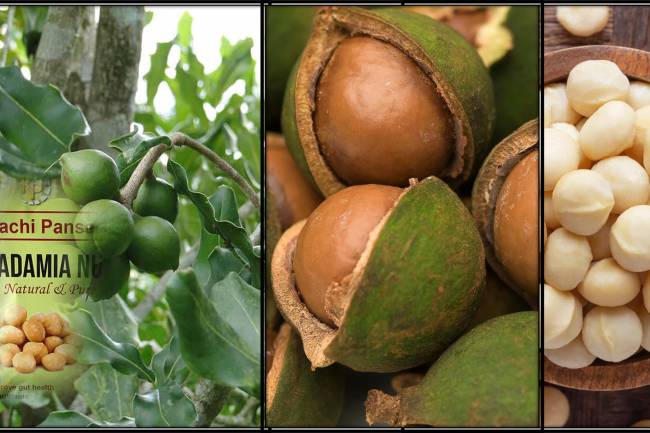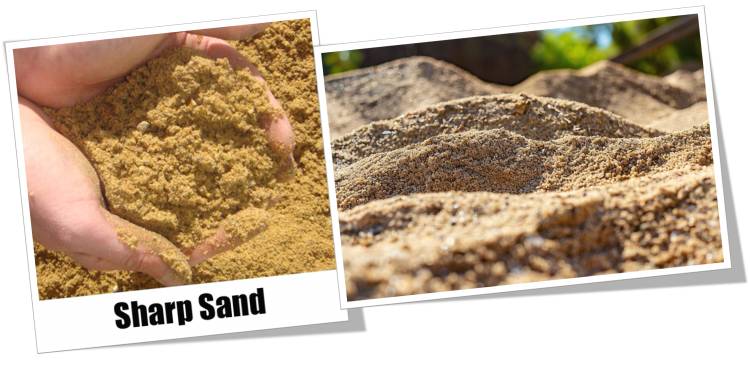
Quicksand (sharp sand) for nice growing
Quicksand (sharp sand)
Quicksand, also commonly known as gravel sand, river sand, or concrete sand, is a type of sand characterized by its course, angular grains and relative lack of fine particles like silt and clay. This gives it a rough texture, as opposed to the soft feel of construction sand (also known as soft sand).
Below is a more detailed breakdown of quicksand:
Table of Contents
1. Geotechnical Engineering & Soil Studies. 2
2. Military and Strategic Studies. 2
3. Physics & Fluid Dynamics Research. 3
5. Pop Nation & Entertainment 3
6. Education & Science Outreach. 3
What Is Quicksand, Technically?. 3
What sharp sand is not recommended for: 4
Benefits of quicksand for plants: 5
How to use quicksand for plants in Lahore: 5
Important Considerations of sharp sand: 6
Key Characteristics:
- Particle Shape: The grains are angular and sharp, meaning they have rough edges and are not smooth or rounded. This irregular shape is important for its properties.
- Particle Size: Sharp sand has larger particles than construction sand. While the exact size can vary, it generally falls within the medium to coarse sand range according to grading standards.
- Composition: It consists primarily of quartz rock that has been naturally eroded. The color can vary depending on the mineral content, often appearing as a dark gray, brown, or reddish color.
- Drainage: Due to its large, irregular particle shape, quicksand has excellent drainage properties. Water can easily flow through the spaces between the grains.
- Bonding Capacity: The angular shape of the grains allows them to bond effectively with each other, forming a strong and durable bond when combined with cement.
- Low Fines Content: It generally contains a low amount of silt, clay, and other fine particles. This is important for applications where strength and good drainage are required.
Common Uses of Quicksand:
Quicksand might sound like a movie hazard, but it has some real-world uses and scientific interest too! While it’s not commonly used like clay or sand in construction, it does have several notable applications in research, engineering, and even pop culture.
Common Uses and Significance of Quicksand:
1. Geotechnical Engineering & Soil Studies
- Purpose: Understanding how and why quicksand forms helps engineers avoid dangerous soil conditions in construction.
- Applications:
- Testing foundations for buildings, bridges, and roads in flood-prone or riverbank areas.
- Designing safer infrastructure in places with loose, saturated soils.
- Developing rescue methods for people or animals trapped in soft sediment.
2. Military and Strategic Studies
- Quicksand-like terrain is studied in military logistics to avoid or manage hazardous land areas during operations.
- Helps improve terrain mapping and vehicle mobility in marshy or unstable ground zones.
3. Physics & Fluid Dynamics Research
- Scientists use quicksand as a non-Newtonian fluid model to study:
- Shear-thinning behaviour (viscosity decreases under stress)
- Suspensions and granular materials
- Helps in designing smart materials, safety systems, and studying natural disasters like mudslides.
4. Extra Rescue Training
- Used in simulations and training programs for:
- Search-and-rescue operations in swamps, deltas, and floodplains
- Teaching techniques on how to escape quicksand safely
5. Pop Nation & Entertainment
- Frequently appears in movies, video games, and novels as a dramatic or humorous danger.
- Used symbolically to represent being "stuck" or overwhelmed.
- Examples: Indiana Jones, The Princess Bride, Jumanji, etc.
6. Education & Science Outreach
- Quicksand is often used in science museums, school experiments, and documentaries to teach:
- Fluid mechanics
- Earth sciences
- Safety awareness in nature
What Is Quicksand, Technically?
- It's a colloid: a mix of fine sand, water, and clay that appears solid but liquefies when agitated.
- Dangerous because of loss of solid ground, not because it "sucks" you in like in movies.
Construction:
- Concrete Manufacturing: This is one of the primary uses of quicksand. Its coarse, angular nature provides the necessary strength and stability to concrete mixtures for foundations, slabs, paths, driveways, and other structural elements.
- Floor screeds: Sharp sand is a key ingredient in screeds, which are thin layers of concrete used to create a level, smooth surface before applying flooring materials. The strength that sharp sand provides is important for a long-lasting screed.
- Paving: It is used as a bedding layer beneath flagstones, paving stones, and patios. Good drainage prevents water from pooling, which can damage paving over time. Sharp grains also help stabilize smooth units.
- Mortar for specific applications: While construction sand is generally preferred for masonry mortar due to its workability, sharp sand can be added to the mortar mix when additional strength is needed, such as for chimney capping, roof shingling, and some landscaping projects.
- Siding: Sharp sand can be used in exterior siding to create a strong and durable finish on walls.
Landscaping and Gardening:
- Improves Soil Drainage: When mixed with heavy clay soil, quicksand helps break up the dense structure, creating pathways for better water and air drainage, which is beneficial for root growth.
- Potting Mixes: It can be added to potting soil mixes, especially for plants that prefer good drainage, such as succulents and cacti. This helps prevent waterlogged soil.
- Top-Dressing Lawns: Applying a thin layer of sharp sand to the lawn (top-dressing) can improve drainage and help level the surface over time.
- Rooting Cuttings: Some gardeners use quicksand mixed with peat moss or compost to root cuttings because it provides good drainage and aeration.
- Building Paths and Bases: It can be used as a base layer for garden paths and other landscape features where good drainage and stability are needed.
- Artificial turf installation: Sharp sand is often used as an infill material for artificial turf, providing stability and support to the synthetic fibers.
What sharp sand is not recommended for:
- Masonry mortar (generally): The coarse texture of quicksand can make the mortar less workable and smooth than when using builder's sand.
- Plastering (for fine finishes): For interior plastering where a very smooth finish is required, fine sands such as plastering sand are preferred.
- Play sand: Sharp sand is not suitable for children's play areas due to its abrasive texture. Play sand is specially processed to be fine, smooth, and free of harmful contaminants.
Types of Quicksand:
Sharp sand can be available in different forms:
- Washed quicksand: This type is washed with water to remove excess dust, silt, and clay, resulting in a cleaner product, often preferred for concrete and paving.
- Dry-screened quicksand: This sand has been sieved to remove large particles but may still contain some fine material.
In your Lahore, Punjab, Pakistan location, sharp sand will be readily available from local quarries and aggregate suppliers. When purchasing, specify the intended use to ensure you get the right type and grade of sharp sand for your project.
Quicksand for Plants
Yes, quicksand can be very beneficial for certain types of plants and horticultural uses, especially in Lahore's climate, where drainage is very important due to the potential heat and occasional heavy rainfall.
Below is a detailed description of the uses of quicksand for plants:
What is quicksand?
As you know, sharp sand (also known as gardening sand, coarse sand, or granulated sand) has larger, more angular grains than fine sand or construction sand. This unique structure is what makes it valuable for gardening.
Benefits of quicksand for plants:
- Better drainage: This is the main benefit. The coarse particles create large air pockets in the soil, allowing water to drain faster. This is very important for plants that are susceptible to root rot, especially in heavy soils.
- Increased aeration: The air pockets created by quicksand also improve oxygen flow to the roots, which is essential for healthy growth and prevents root suffocation.
- Prevents soil compaction: Over time, soil can shrivel, hindering root growth and drainage. Quicksand helps maintain the loose soil structure, preventing compaction and allowing roots to penetrate more easily.
- Root growth: Better drainage and aeration create a more favorable environment for root growth, making plants stronger and healthier.
- Better nutrients: Healthy roots in well-drained, aerated soil can absorb nutrients more effectively.
- Helps break up clay soil: When added to heavy clay soil (common in some areas), quicksand helps break up the dense structure, making it more workable and improving drainage.
- Good for propagation: Sharp sand, often mixed with peat or compost, provides a well-drained and aerated medium for rooting cuttings and sowing seeds, reducing the risk of fungal diseases.
- Top dressing for lawns: A thin layer of sharp sand can improve drainage and help level the lawn surface over time, especially in heavy clay soils.
- Potting mix amendment: Adding sharp sand to potting mix, especially for succulents, cacti, and other plants that prefer dry conditions, ensures good drainage in containers.
How to use quicksand for plants in Lahore:
Considering Lahore's intense summers and the need for good drainage:
- Improve heavy clay soil: Dig quicksand into your existing garden beds. A common suggestion is to mix approximately 1 part quicksand with 2 to 4 parts existing soil and organic matter (such as compost). This will help improve drainage and aeration over time.
- Container Potting Mix: For succulents, cacti, Mediterranean herbs (such as rosemary and lavender), and other plants that can't tolerate waterlogged conditions, amend your regular potting mix with 30-50% quicksand. This will create the soil-free environment they need to thrive.
- Rooting Cuttings: To root cuttings, create a mixture of equal parts quicksand and peat moss or coco coir. The inert nature and good drainage of quicksand help prevent rot.
- Top Dressing for Lawns: After aerating your lawn, spread a thin layer of quicksand evenly over the surface. This helps improve drainage, especially in areas with heavy soil.
- Creating drainage layers (use with caution): While some gardeners use a layer of gravel or sand at the bottom of pots to help drain water, current gardening advice suggests that this can sometimes hinder drainage by creating a waterlogged spot. It's generally more effective to ensure the entire potting mix is completely drained by using sharp sand.
Important Considerations of sharp sand:
Here's a focused list of the Important Considerations of Sharp Sand — especially useful in construction, gardening, and landscaping:
Important Considerations of Sharp Sand (Grit Sand):
1. Particle Size & Texture
- Coarse and angular grains — unlike soft or builders’ sand, which is fine and rounded.
- Provides excellent grip and structure in mixes.
2. Drainage Qualities
- Allows quick water movement through soil or concrete.
- Ideal for:
- Laying paving slabs
- Improving clay-heavy soils
- Creating free-draining garden beds or lawns
3. Construction Use
- Essential in:
- Concrete mixes (for strong and durable structures)
- Mortar for laying bricks or blocks (when mixed with other sands)
- Screeding floors and leveling surfaces
- Not suitable for plastering or rendering (too coarse)
4. Soil Improvement
- Helps break up heavy soils (e.g., clay) and improves root aeration.
- Encourages healthier plant growth by preventing waterlogging.
5. Mixing Ratios
- Must be properly proportioned with cement, gravel, or soil depending on the application:
- E.g., 1 part cement : 2 parts sharp sand : 3 parts gravel for concrete
- Overuse may reduce binding if not balanced well.
6. Load-Bearing Support
- Provides solid bedding layers for:
- Patio slabs
- Driveways
- Block paving
- Reduces movement and sinking over time.
7. Environmental Sourcing
- Usually extracted from quarries or riverbeds.
- Responsible sourcing is important to minimize environmental degradation.
8. Cost & Availability
- Widely available and relatively affordable.
- Cost may vary depending on region and grain quality.
9. Storage & Handling
- Should be stored thirsty when possible.
- Wet sand can be heavier and harder to mix evenly.
Rapid Table:
|
Feature |
Sharp Sand Advantage |
|
Particle Shape |
Angular → strong grip & structure |
|
Drainage |
Excellent → prevents waterlogging |
|
Uses |
Concrete, paving, soil conditioning |
|
Not Suitable For |
Plastering/rendering |
|
Sourcing Consideration |
Quarrying impacts → choose sustainably |
----------------------------------------
- Sand Type: Make sure you use sharp sand or gardening sand. Avoid fine sands, such as play sand or beach sand, as they can compact and impair drainage. You can use builder's sand if it's coarse and has been washed to remove silt and clay, but horticultural sand is generally a safer bet because it's graded specifically for plants and doesn't contain lime.
- Lime Content: Some builder's sands may contain lime, which can affect the soil's pH. If you're unsure, it's best to use sharp gardening sand.
- Mix Well: When amending your soil, be sure to mix the quicksand well to ensure drainage throughout the root zone.
- Specific Plant Needs: Always consider the specific drainage needs of the plants you're growing. Some plants prefer to retain more moisture than others.
By properly incorporating quicksand, you can significantly improve the growing conditions of many plants in your Lahore Garden, helping them thrive in the local climate. Remember to purchase good quality quicksand from reputable nurseries or building material suppliers.
